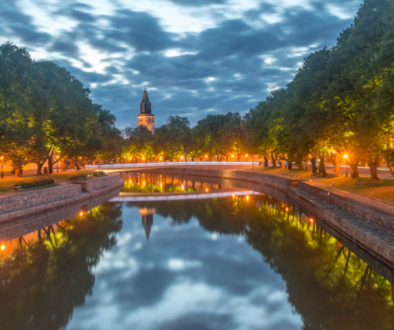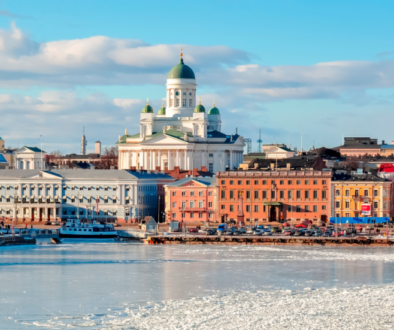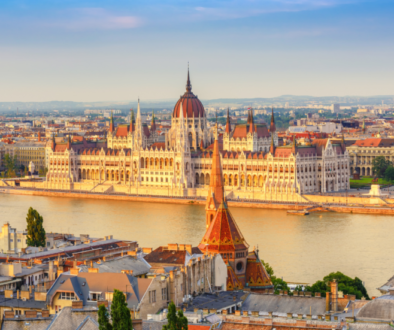The Hidden Paradise: Exploring the Best Beaches of Germany
When one thinks of beaches, Germany may not be the first destination to spring to mind. Yet, the country boasts an array of stunning coastal retreats that rival some of the more traditional sun-and-sand paradises. The sandy stretches along the North Sea and the Baltic Sea offer not only natural beauty but also a rich tapestry of history and culture against the backdrop of pristine waters.
For beach enthusiasts and Germany explorers looking to soak in the sun and experience the unique blend of maritime allure and Teutonic heritage, the following guide unveils the scenic gems and cultural wonders of Germany’s coastline.
Northern Gems: Sylt and Norderney
Kicking off our coastal excursion is the northernmost province of Germany, Schleswig-Holstein, home to the island jewel of Sylt. Known for its elegant resorts, Sylt’s beaches are a haven for windsurfing and kiteboarding enthusiasts thanks to its robust sea breezes. Not confined to thrill-seekers, its stretches of golden sands, such as Westerland Beach, Hörnum, and Kampen, appeal to those seeking a tranquil spot to bask in the northern light.
A short ferry ride from Sylt lies Norderney, an island paradise with eight maritime faces, each offering a unique beach experience. Leisurely strolls or bike rides on sandy trails along Norderney’s 14 kilometers of beach, which include the North Beach and the island’s west coast, are a must for those who favor ecotourism.
The Baltic Elegance: Kühlungsborn and Warnemünde
Venturing southeast to the shores of the Baltic Sea, the grandeur of Kühlungsborn Beach stands as a testament to the beauty hidden within Germany’s lesser-known regions. The ‘cool’ beauty of Kühlungsborn isn’t just in its name but in its East German history and architecture that echoes the grandeur of the 1920s spa era. Traditional piers and beach promenades make this a coastal retreat perfect for a dose of nostalgia and relaxation.
Sailing into the port of Warnemünde feels like stepping into a maritime painting. A part of Rostock, Warnemünde’s long sandy beach, and its storied Teepott (‘teapot’) and lighthouse add whimsical charm to its coastal allure. Surfers revel in the waves here, while the annual Warnemünde Week sailing event attracts water lovers from across the globe.
North Sea Horizons: Borkum and St. Peter-Ording
The captivating island of Borkum, which is both Germany’s westernmost and largest North Sea island, is a beacon for nature enthusiasts and wellness seekers. Known for its distinct wadden landscape and health-promoting climate, Borkum’s sparkle extends to its beachfront, with highlights including the main beach and the expansive beach at Ostland.
St. Peter-Ording, with its wide beaches and vast horizon, is among the most well-known and visited in Germany. The flat expanses of beach and shallow waters call to kite surfers and beach athletes, while stilted beach chairs, or ‘Strandkörbe,’ offer a unique vantage point to enjoy the blend of seaside pleasures.
History Along the Shores: Prora and Wadden Sea
While the allure of German beaches is largely natural, they sometimes serve as the backdrop of historical intrigue. The colossal structures of Prora Beach, on the island of Rügen, are remnants of the Nazi regime and its dreams of a ‘Strength through Joy’ resort city. Today, they provide an eerie insight into the past, while the beach itself draws visitors with its azure waters and white chalk cliffs.
Along the North Sea coast, the Wadden Sea offers a dramatically different beach experience. Stretching from the Netherlands, through Germany, and to Denmark, the Wadden Sea is a UNESCO World Heritage site and a living museum of ecological diversity. Beachcombers here might search not just for seashells but also for signs of the area’s 4,000-year-old human history.
Pro Tips for Beachgoers
For those planning to traverse Germany’s beachfront, certain considerations might elevate the experience. Travelers, especially those unfamiliar with European beaches, are encouraged to cater to weather changes by packing layers. Additionally, keeping a keen eye on the tides, especially in the Wadden Sea region, ensures safety and an understanding of nature’s rhythm.
It’s also worth noting that beach regulations, amenities, and cultural practices can vary widely from beach to beach, so checking local guidelines is essential. Lastly, blending in with local beach etiquette can deepen the appreciation of your visit—whether that means perfecting the art of ‘strandbulette’ (beach boules) or relaxing in a traditional Strandkorb.
The beaches of Germany provide a living tableau where the elegance of the coast meets the resilience of its people. Whether in the slumberous charm of the Baltic or the invigorating breeze of the North Sea, each sandy expanse offers a unique story to tell. For those with a yearning to discover the symbiosis of placid waters and cultural treasures, Germany’s beaches present an exciting frontier.



